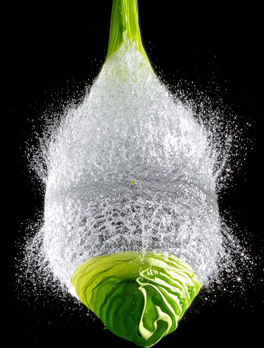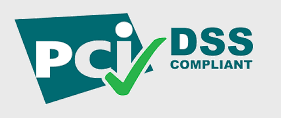The main challenge during protein expression and purification is prevention of protein degradation. Whether it is an E.coli expression system or insect or mammalian, protein degradation should be minimized or avoided during purification of proteins. Protein expression at lower temperatures sometimes help in preventing the proteins from degrading. During cell lysis, proteins are exposed to harsh external conditions which result in degradation. Main reason for the protein degradation is the presence of various proteases in the cell itself.
While phenol extraction is one of the commonly used methods in purifying DNA samples (i.e., removing proteins from cell lysates during DNA preparation), some people do not fully understand how and why it works. Read on to learn and appreciate how phenol extraction works.
Topics: Molecular Biology
Microfluidic 3D cultures: An advanced tool to study the cultures at a single-cell level
Since the development of cell culture techniques, many modifications are being added regularly to make the conditions controlled on a micro-environment level. With the transitioning research towards drug discovery, it has become imperative to study the mechanisms of cellular development and the responses at a “micro level” regulated both at spatial and temporal switches.
Tris Tricine SDS PAGE: What is it and how to PERFORM it?
Tris-Tricine SDS-PAGE (polyacrylamide gel electrophoresis) is used to separate protein / peptides ranging from 1-100 kDa molecular weights. This method varies from Laemmli SDS-PAGE by replacing Glycine pK (9.6) with Tricine (pK 8.15). Due to the variation in pK the resolution of high or low molecular weight proteins by both methods vary. Lower acrylamide concentrations of Tricine gels help in easy transfer of hydrophobic proteins during Western blotting. Tricine gels are suitable in isolating hydrophobic proteins from 2D gel for mass spectrophotometric analysis. It is also helpful to isolate membrane protein complexes from biological membranes. When urea is added in stacking gel it can easily separate two different proteins of the same molecular weight. Laemmli SDS-PAGE gel can separate high molecular weight proteins (20-200 kDa) but proteins less than 20 kDa are not clearly separated and diffused even if higher acrylamide concentration (4-20% gradient gels) are used. In contrast, Tricine SDS-PAGE gels can be used to separate proteins below 100 kDa only and especially 20 kDa or lower molecular weight proteins or peptides are very well separated by this method. Staining of Tricine gels is crucial as there is every chance of losing low molecular weight proteins from the gel during staining and destaining process. Fixing, Staining and Destaining should be rapid to avoid blotting out of these small proteins.







